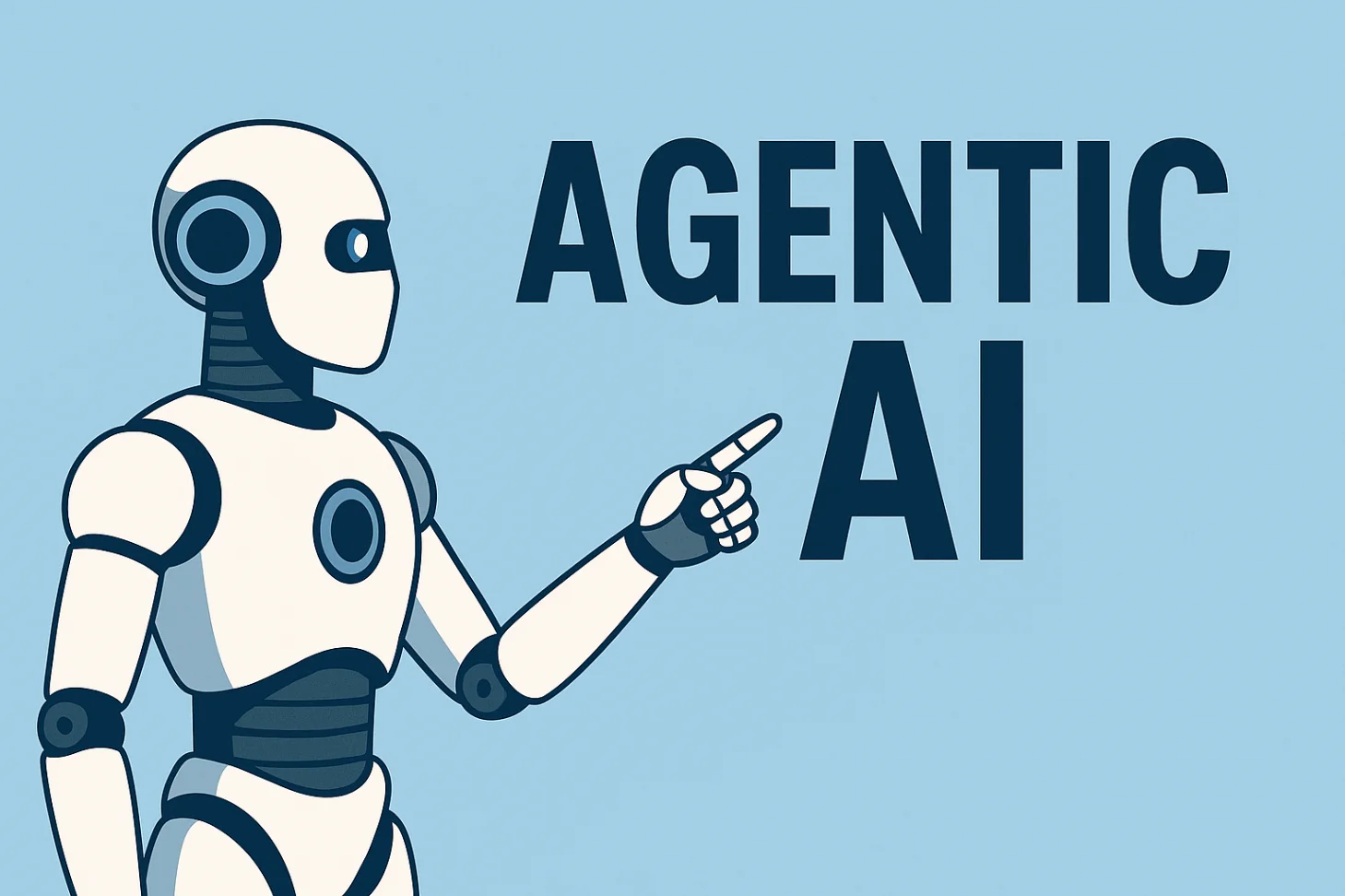Agentic AI is also built to handle real-world complexity by breaking big problems into smaller, manageable steps. It can gather information, weigh different options, and choose the path that’s most likely to succeed—kind of like how a human would approach a challenge, but at a much faster speed. Because it can monitor its own progress, it can adjust plans if something isn’t working, making it more resilient and reliable.
In everyday life, Agentic AI could be used for personal assistants that manage your schedule, shop for the best deals, and even coordinate with other AIs to get things done for you without asking every time. In industries like healthcare, it could track patient needs, run diagnostics, and suggest treatments, while in logistics, it could optimize entire supply chains in real time. The core idea is that Agentic AI doesn’t just do tasks—it thinks about them, understands the big picture, and works toward meaningful results on its own.
While both Agentic AI and AI agents can complete tasks, the big difference is in how much independence they have. AI agents usually follow a set of pre-programmed rules or scripts—they’re good at doing specific jobs, but they don’t really decide what the job should be or how to change their approach if things shift. Agentic AI, on the other hand, has the ability to set its own goals, adapt its strategy, and keep working until it achieves the best possible outcome. In short, AI agents execute instructions, while Agentic AI can think strategically, make judgment calls, and act more like a proactive problem-solver than a passive tool.




Comments (0)
No comments yet. Be the first to share your thoughts!
Please log in to comment.